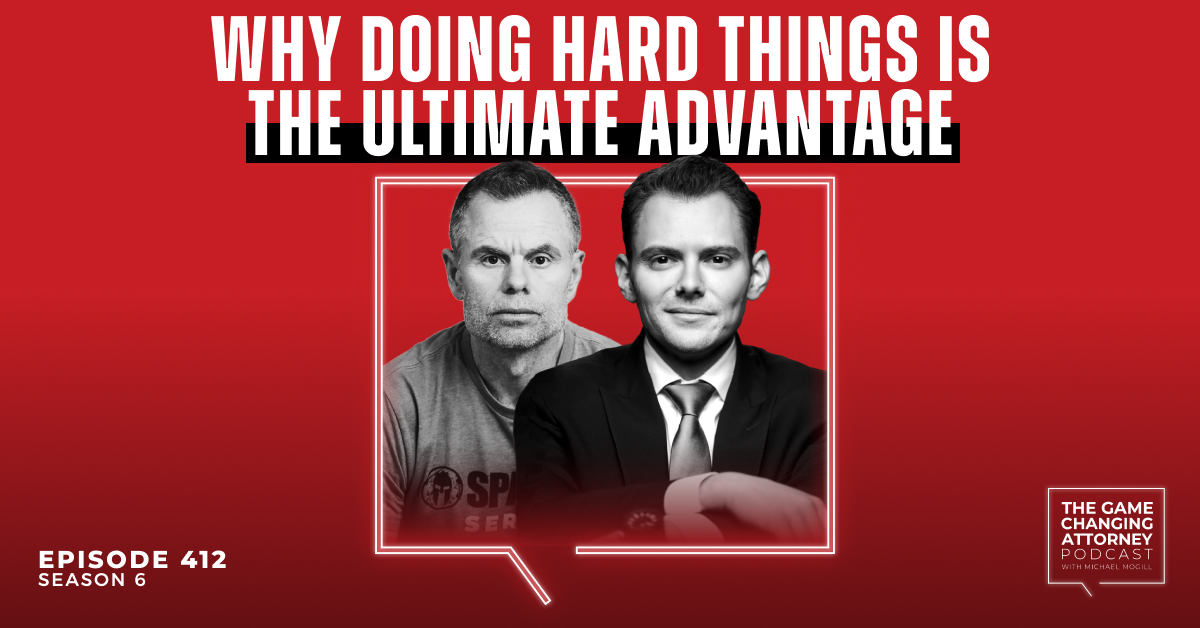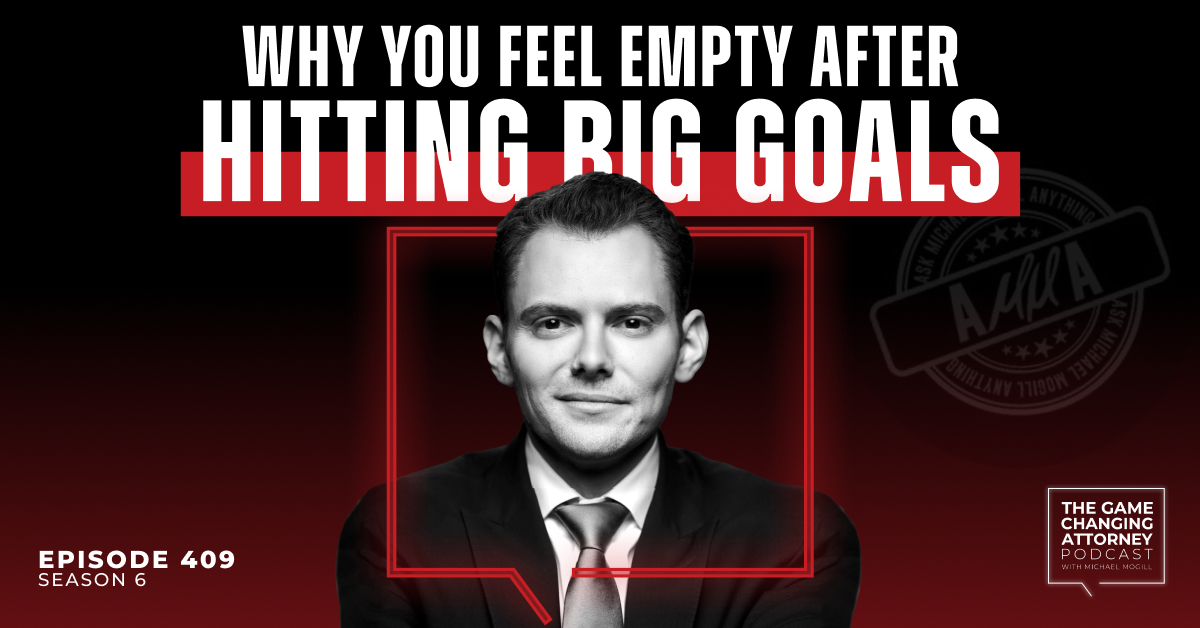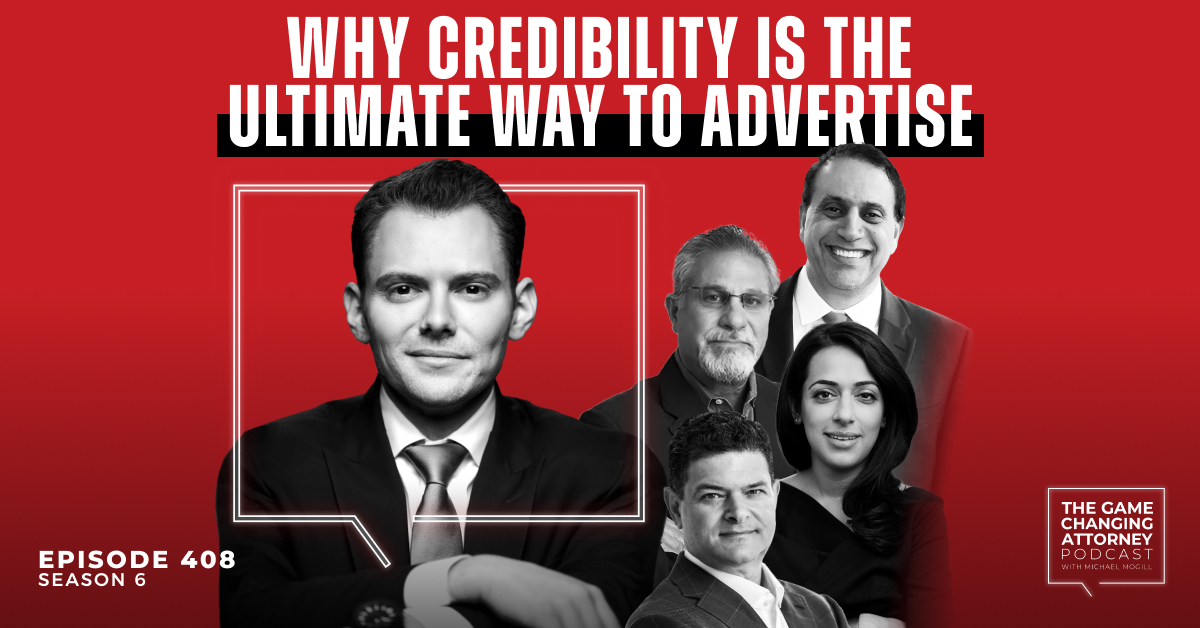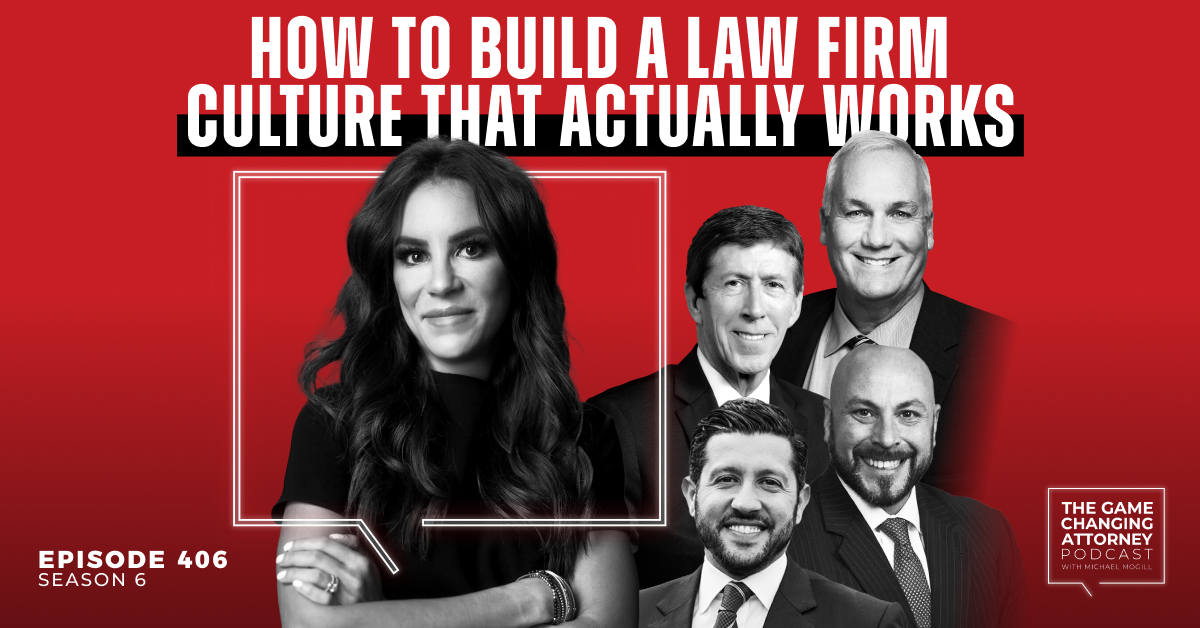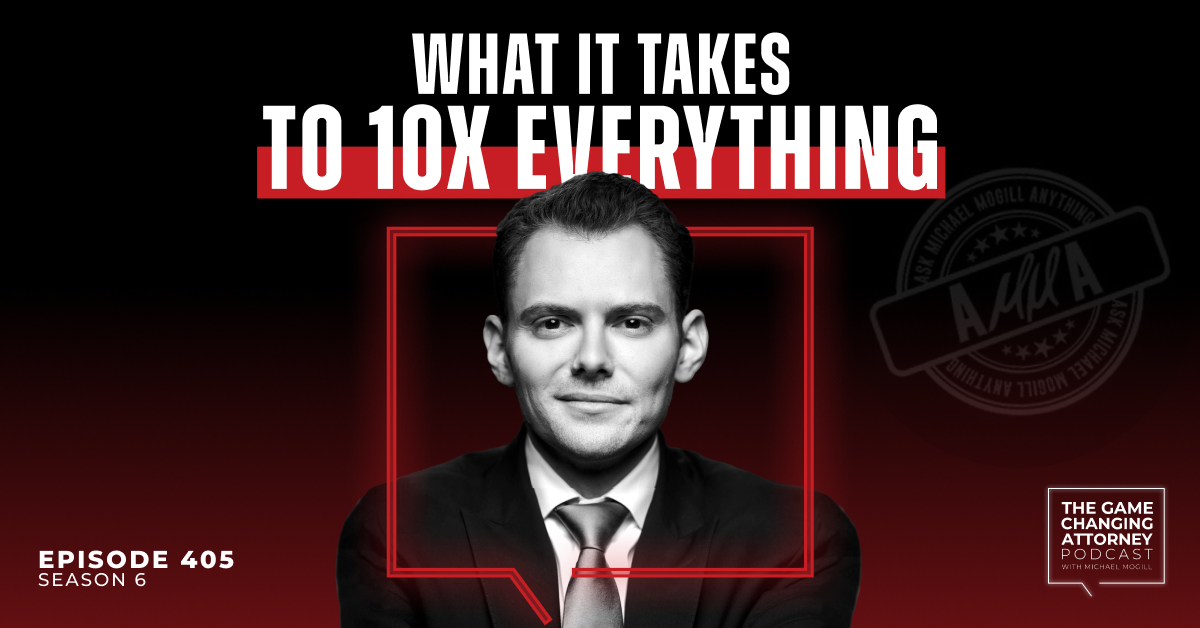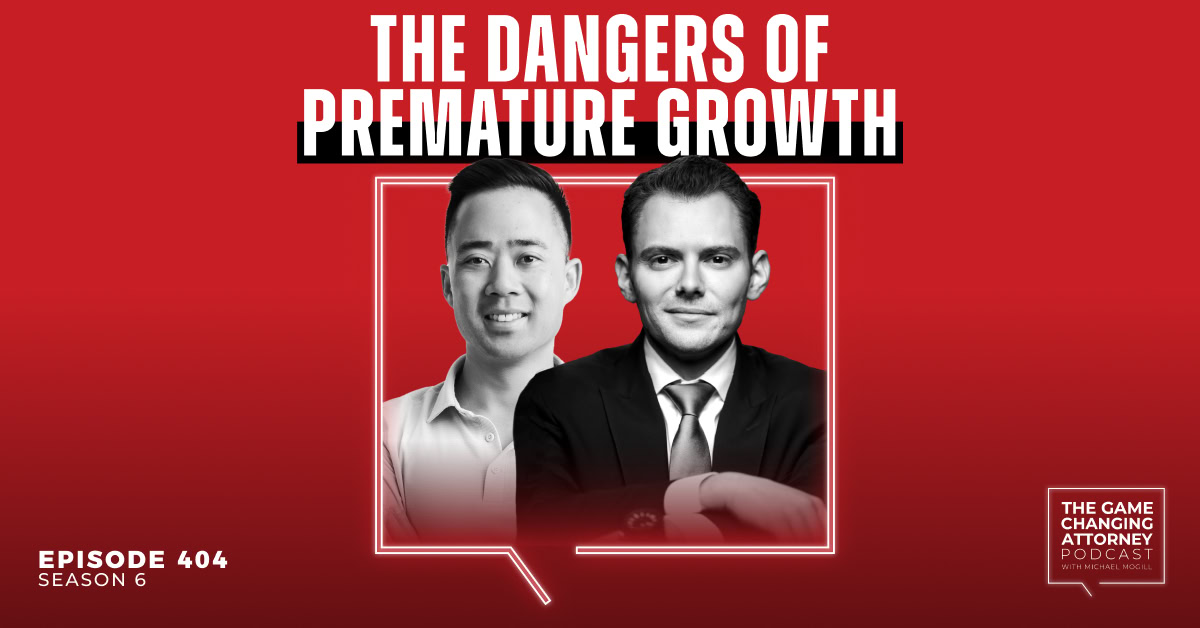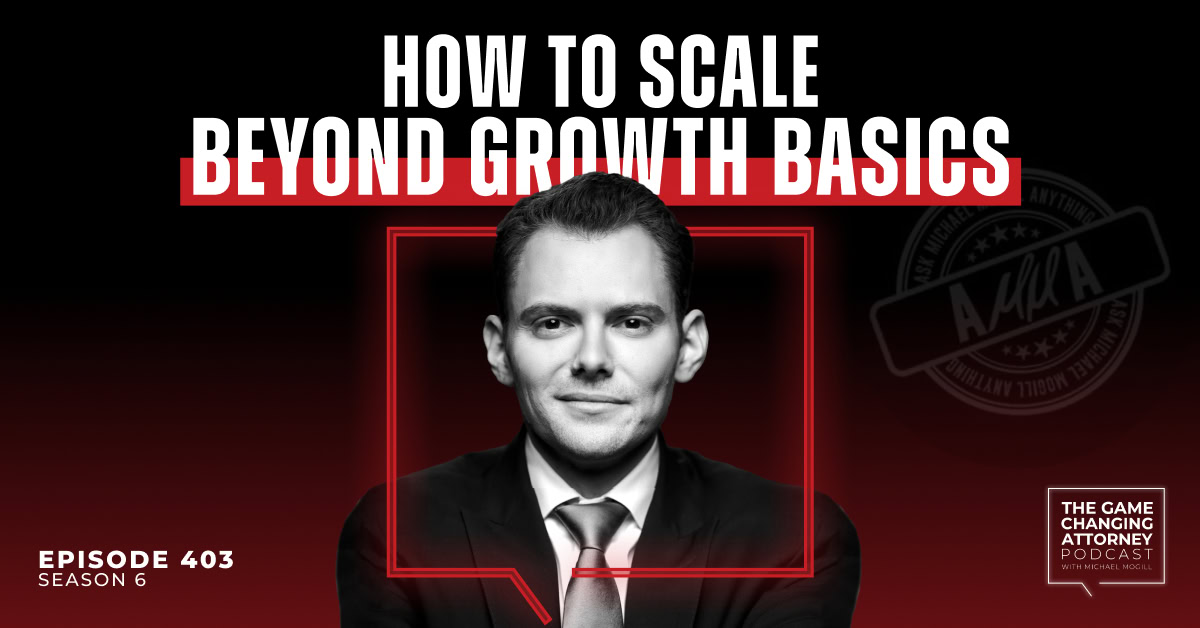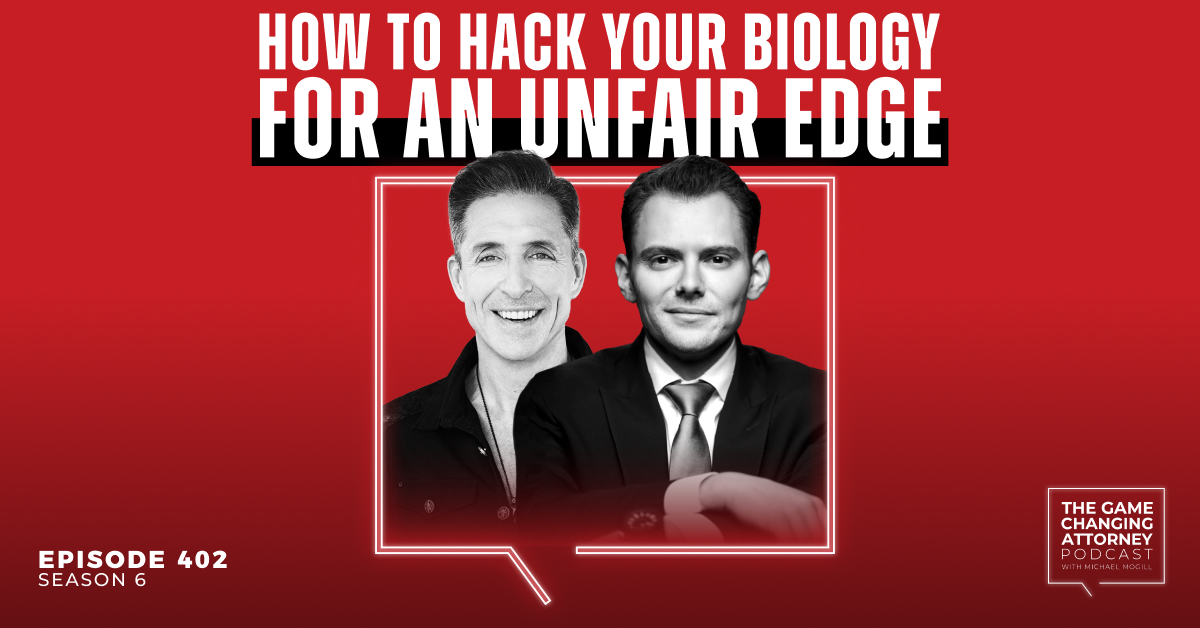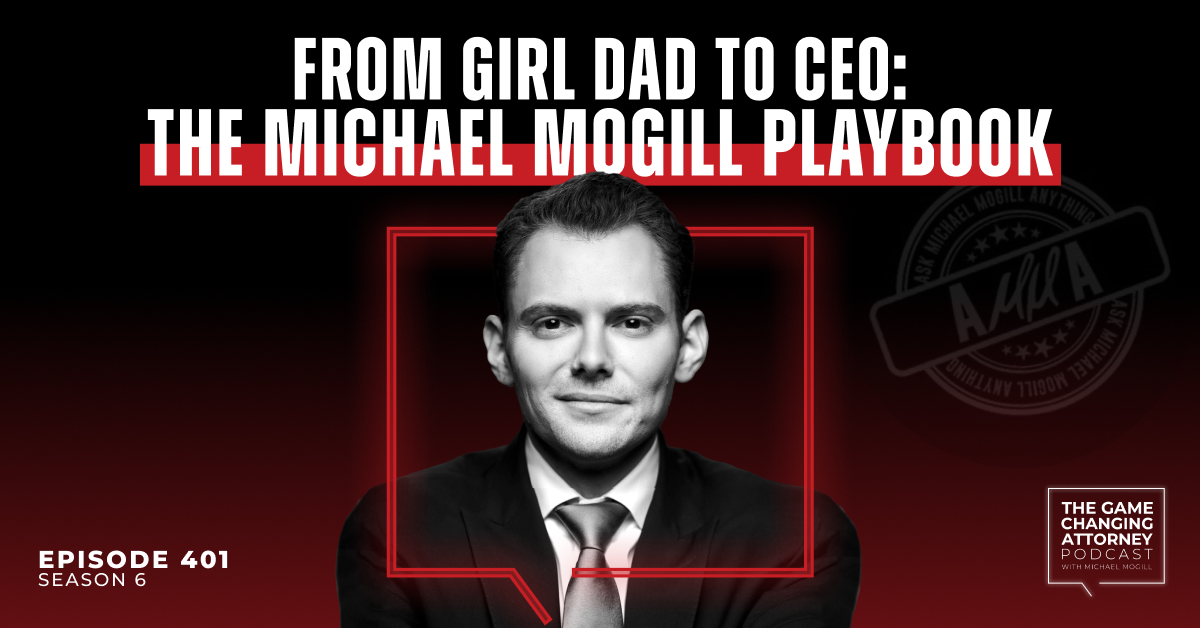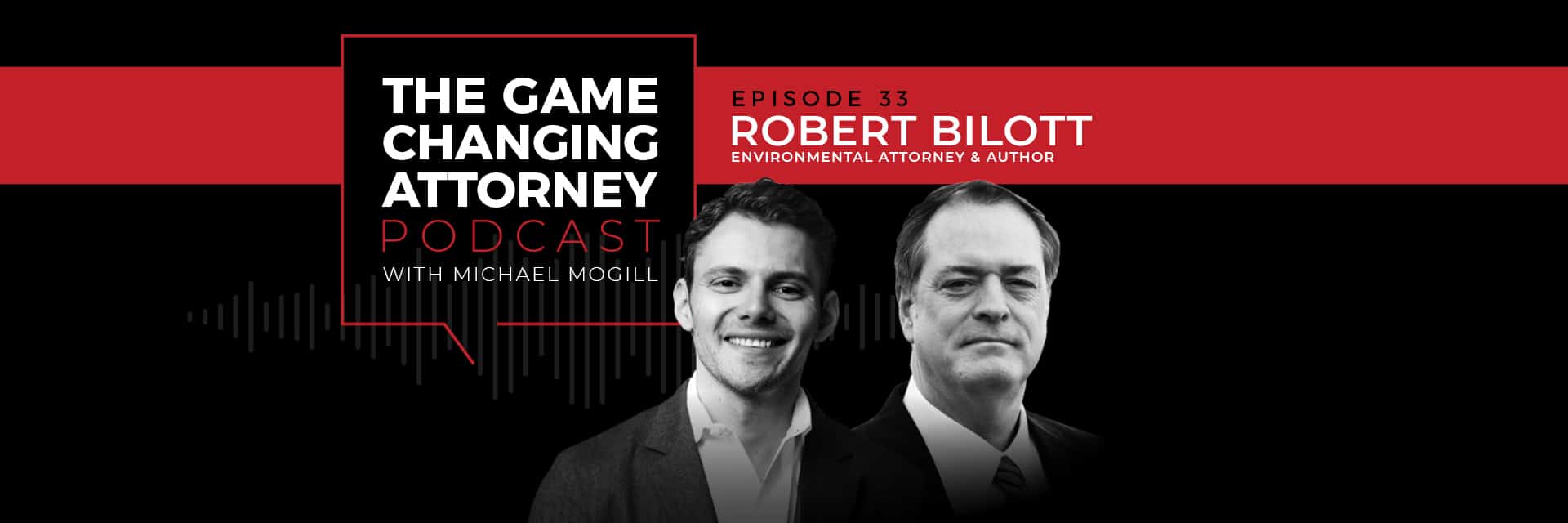

EPISODE 33 — Robert Bilott — Poisoned Water, Corporate Greed: The 20-Year Battle Against DuPont
Robert Bilott is no stranger to playing the long game. The renowned author and environmental attorney is the tireless advocate behind the 20-year battle against DuPont, poisoned water, and corporate greed.
In this episode of The Game Changing Attorney Podcast, we hear how he took on international chemical juggernaut DuPont in the name of justice, and we learn what it was like being involved in the media made about this major case — including multiple documentaries, a best-selling book, and the Hollywood blockbuster Dark Waters.
Bilott and Crisp Founder & CEO Michael Mogill sit down to discuss:
- What really happened in the DuPont chemical case?
- Where did Robert Bilott gain the diligence and endurance to withstand a 20 year fight?
- Why are chemical companies still not being held accountable for toxic materials?
- What was the personal toll of undertaking such an intense, lengthy battle?
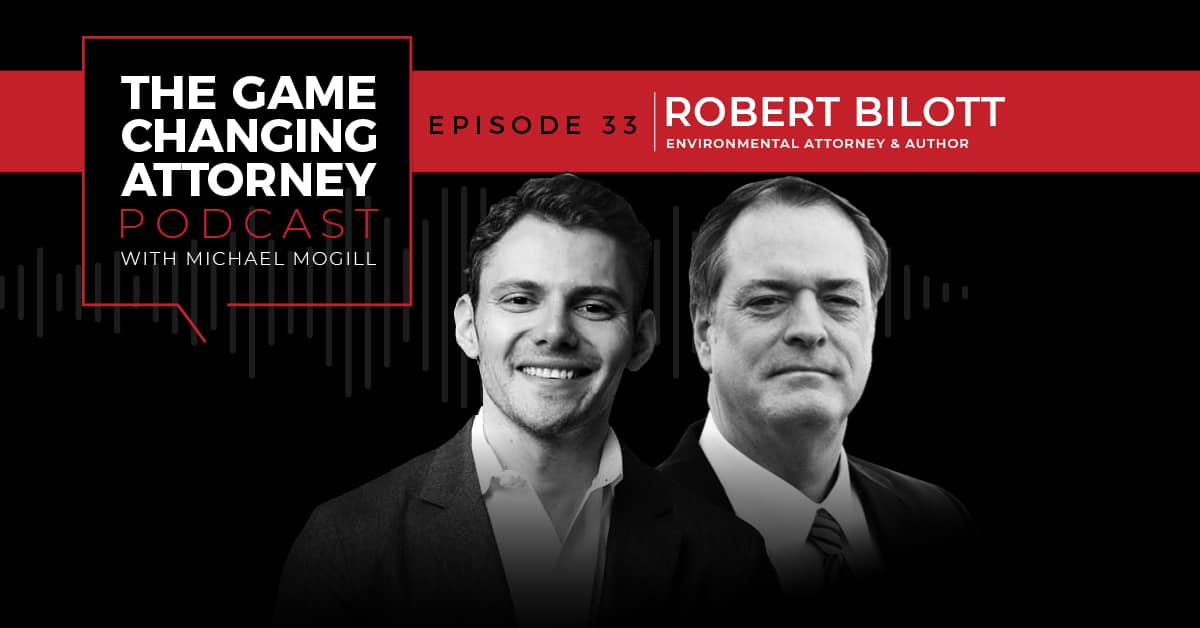
Listen & Subscribe
Show Notes:
3:10 – Becoming an environmental lawyer. “My dad originally is the one who kind of steered me into the legal profession. He was finishing up law school after 20 years in the Air Force. In fact, he was actually finishing up law school about the time I was trying to figure out what I wanted to do after college. He really was encouraging me to go get a law degree, saying, ‘You know, this could give you so many different opportunities to do so many different things.’ And I did. I kind of switched my plans at that point to apply to law school. Toward the end of law school, at the end of the third year there was an elective course you could take on environmental law, and that for whatever reason it just seemed really interesting to me — it seemed like a real world impact. So, when I actually graduated later that year, the firm that I went to happened to have an environmental law department. I had no idea what that meant or what they did, but remembering that class. I asked to be part of that.”
5:35 – Grinders vs. Finders. “There are folks that have certain types of personalities that I think are really well suited for going out, wining and dining clients, going to cocktail parties — business generators. Those are what we in the legal world call ‘Finders.’ They are the people that are actually able to go out and woo new clients. My personality was not necessarily geared toward doing that. I was a lot more introverted, more shy, and didn’t necessarily have a lot of contacts in society or those circles. I felt that the area that I could really excel in was doing the work, doing the actual day-to-day digging through the files, trying to find the answers. In the legal world, those are the folks that are the ‘Grinders,’ grinding away at the actual day-to-day work once the client has been found and brought into the firm.”
10:54 – One case to change the world. “It seemed like a rather straightforward, narrow case — and after all, this was a family friend. So when we initially took it on, we had no idea that this would actually lead us to discovering that this was a problem that went far beyond that one family in one farm — that it was something that affected almost the entire planet.”
12:15 – More than meets the eye. “I trusted that we would be getting some pretty good information in this report from DuPont, but when the report came in, it essentially said [the Tennants] just don’t know how to raise cows — that it’s all their fault. I sat back and thought about what I had seen on that property. I had gone out to this farm. I’d met with Mr. Tennant. They knew how to raise cows. They were not mistreating their animals. Something was clearly fishy at that point, and I began to wonder about the suspicions Mr. Tennant had — that DuPont was working hand in hand with the regulators — and maybe that had something to do with it. That’s when we really started digging in and getting a heck of a lot more suspicious about what we were seeing and what we were reading.”
13:35 – The discovery of the threat of PFOA. “As we started digging into documents that we’d gotten from DuPont, what we found out was there was a chemical in that landfill and in the water that was coming out of the landfill that was creating this white foam that wasn’t on the permits. It wasn’t on any of the lists of regulated materials that we were looking at. It was this chemical called PFOA that I had never heard of, and what we saw was that this is something that had been invented right after World War II that was made by the 3M company. It was something that was being made and sold to DuPont in very large quantities, going back as early as 1951. This is decades before the US EPA even came into existence. The first chemical rules didn’t come out until the 1970s, and those really only focused on chemicals that were made in the 1970s and beyond. The law was essentially giving 3M and DuPont the responsibility of telling them whether this chemical had any reason to raise alarm. Unfortunately, what I was seeing was decades of reports showing all kinds of threats from the chemical, but the companies had not told the EPA about this. So here we were with reports of massive amounts of this toxic chemical that the public and the regulators had no idea about.”
18:26 – A history of toxicity. “PFOA is just one chemical in what we now know to be a huge class of these man-made chemicals that all share this really odd and unique carbon fluorine bond — and, unfortunately, that whole group has essentially escaped or been under the radar of regulators since they were first invented. It’s because the federal laws focusing on setting up rules for testing chemicals before they come out in the market didn’t come into play until after these chemicals were already out there and being used. This is one reason, for example, that folks pointed to this story and this chemical, PFOA, as one of the prime reasons why that federal law needed to be changed and revamped. In 2016, there were finally changes made to try to beef up those rules, but it took a long time — it took years to get the story out for people to understand. This is how this system really works, and there are thousands (if not tens of thousands) of chemicals out there that have escaped this entire regulatory process.”
20:49 – Getting to the root of a bigger issue. “We then saw that the chemical was not just in the water these cows were drinking, coming out of this landfill. It was in the public drinking water, and DuPont had known this going back into the early 1980s. They had been secretly testing the public water, and not only was it in the public water in West Virginia and Ohio on both sides of the river — it had been found in the general population’s blood, and nobody really was understanding that. So looking at all this information, putting these documents together, we realized there was a massive public health threat going on that nobody really was even aware of.”
29:12 – A period of insurmountable stress. “It was incredibly stressful on a number of levels. It’s not like everything stopped. People continued to get sick. People continued to develop disease. I would be contacted all the time about family members in the community who had died while this process was playing out. That weighs heavily on you, knowing that you’ve set up this process, but in the meantime people are having serious complications while they’re waiting. At the same time, you have to think about what was going on in the world during this period of time. From 2006 to 2012, we had a massive economic meltdown — the economy was imploding. So, you know, to be having a case like this hanging out there, where we were spending a lot of time with scientists trying to track what was happening, what was being published, and making sure the scientists on the science panel were aware of all the data — it was incredibly stressful because nobody knew how this process would play out or whether these people would eventually be able to get the relief they were entitled to.”
34:56 – The work is far from over. “I’m trying to pursue litigation to get the science in the studies confirmed on these additional chemicals as well, and to have the companies that are making these — knowing that they’re out in our environment, knowing they’re going to get into us — to pay for it, but have independent scientists actually confirm what the health effects would be.”
39:37 – Proving change is possible. “I’m hoping with [Earl Tennant]’s story being shown in this film, Dark Waters, which is being viewed now all over the world, and the documentary, and the book, that people are inspired to know that things can change. Even one person standing up, speaking out, and saying, ‘This isn’t the way it should be. This isn’t the way we should handle these issues’ — that it can lead to dramatic change.”
41:37 – What kept Robert going? “I always kind of had the voice of Earl Tennant in the back of my head that said, ‘If people can just see these facts, if we can just get people to sit down and look at this, they’ll get it. They’ll understand why this is a problem.’ He was right. It took me a while to come around to that way of thinking, but as I started to see the scope and severity of this, it was a worldwide health threat. It started with my letter to the agencies in 2001. Then, we had trials where we were able to lay all of this information out to the public through jury trials. Still, you had companies standing up saying that the science isn’t there, that this never happens. So to then find ways to get the story out, like the documentary, the film, and the book that helps people see these facts…It’s taken a long time, but it’s incredibly encouraging and inspiring to see that it can happen. It may take a while, but it can happen.”
43:05 – What does being a game changer mean to you? “I’m hoping that we’re able to inspire people to change the way we approach exposure to toxic chemicals like this — the whole way in which the burden of proof is established in our legal system for exposure to environmental toxins. I’m hoping that we can change that game of the way the game is played, putting all of this burden on those of us who are exposed and used as human guinea pigs in these exposure trials that go on for decades. Hopefully we can change them.”
EPISODE RESOURCES & REFERENCES
DuPont
Ohio River
Air Force
Taft, Stettinius, & Hollister
Mike Papantonio
Dark Waters
Earl Tennant
Superfund Law
Parkersburg, WV
Cincinnati, OH
EPA
PFAS
PFOA
PFOS
Exposure by Robert Bilott
Joe Kiger
Gary Douglas
Douglas & London
Teflon
The Lawyer Who Became DuPont’s Worst Nightmare (NYT article)
The Devil We Know (documentary)
Connect with Michael
- Text directly at 404-531-7691
